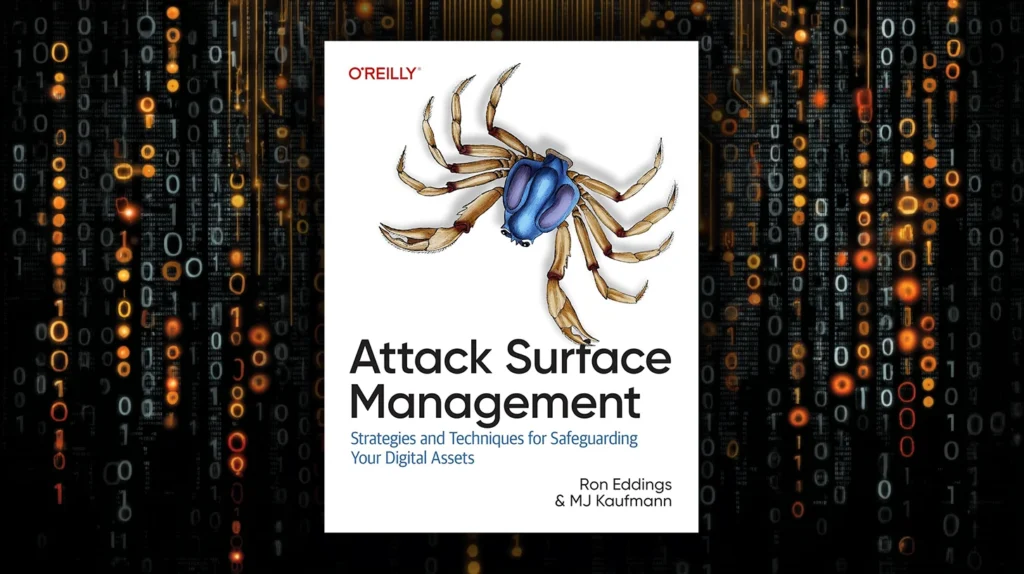Attack Surface Management (ASM) has become one of those buzzwords that gets used a lot but rarely explained in detail. The authors of this book offer a practical guide that aims to change that.
About the authors
Ron Eddings is the Executive Producer at Hacker Valley Media. Melody Kaufmann is a freelance cybersecurity writer, and holds a Master’s in Information Security.
Inside the book
Organizations are dealing with environments that are always changing. These include cloud platforms, SaaS apps, APIs, IoT devices, and various third-party services. The old security models simply don’t keep up anymore. The authors explain that ASM is a continuous, risk-aware process that helps teams see what’s out there, understand what matters, and focus their efforts where it counts.
The structure of the book supports this message. It’s divided into four parts: foundations, identification and classification, prioritization and remediation, and adapting and monitoring. Each section builds on the last, moving from strategy to implementation in a logical order.
For experienced CISOs, the early chapters may feel familiar. These include definitions of attack surfaces and vectors and explanations of why perimeter-based defenses are no longer enough. Still, the material is useful because it connects to ASM as a working framework. The authors also make a good point about the limits of vulnerability management. They argue that Attack Surface Management gives the context needed to prioritize and act on vulnerability data, rather than simply reacting to long lists of issues.
The book becomes more hands-on as it goes. It explains how to classify assets, assess business impact, and integrate ASM with areas like DevOps, compliance, and incident response. The approach is methodical: first identify what you have, then assess its value, monitor its exposure, and keep adjusting as things change. None of this is groundbreaking, but when combined it becomes a usable plan that security teams can follow.
One of the book’s strengths is that it stays focused on process, and the examples are based on real-world situations. That makes it more helpful than a product-driven whitepaper. The authors also acknowledge how hard it can be for teams to get visibility and keep up with limited staffing. They present ASM as a way to focus limited resources instead of just creating more noise.
That said, the book doesn’t go very deep into implementation roadblocks. The focus stays on structure and strategy, not the finer points of daily execution. If you already have a mature security program, you may find yourself wishing for more detail.
Who is it for?
This book fills a gap. It gives security teams a roadmap for moving from a reactive posture to one that is more proactive and risk-aware. It also presents ASM as a business need, not just a technical one, which helps when making the case to leadership.
In short, Attack Surface Management is a practical guide that explains what ASM is, why it matters, and how to get started. If your team still treats external exposure as something to audit once a year, this book is worth reading.

